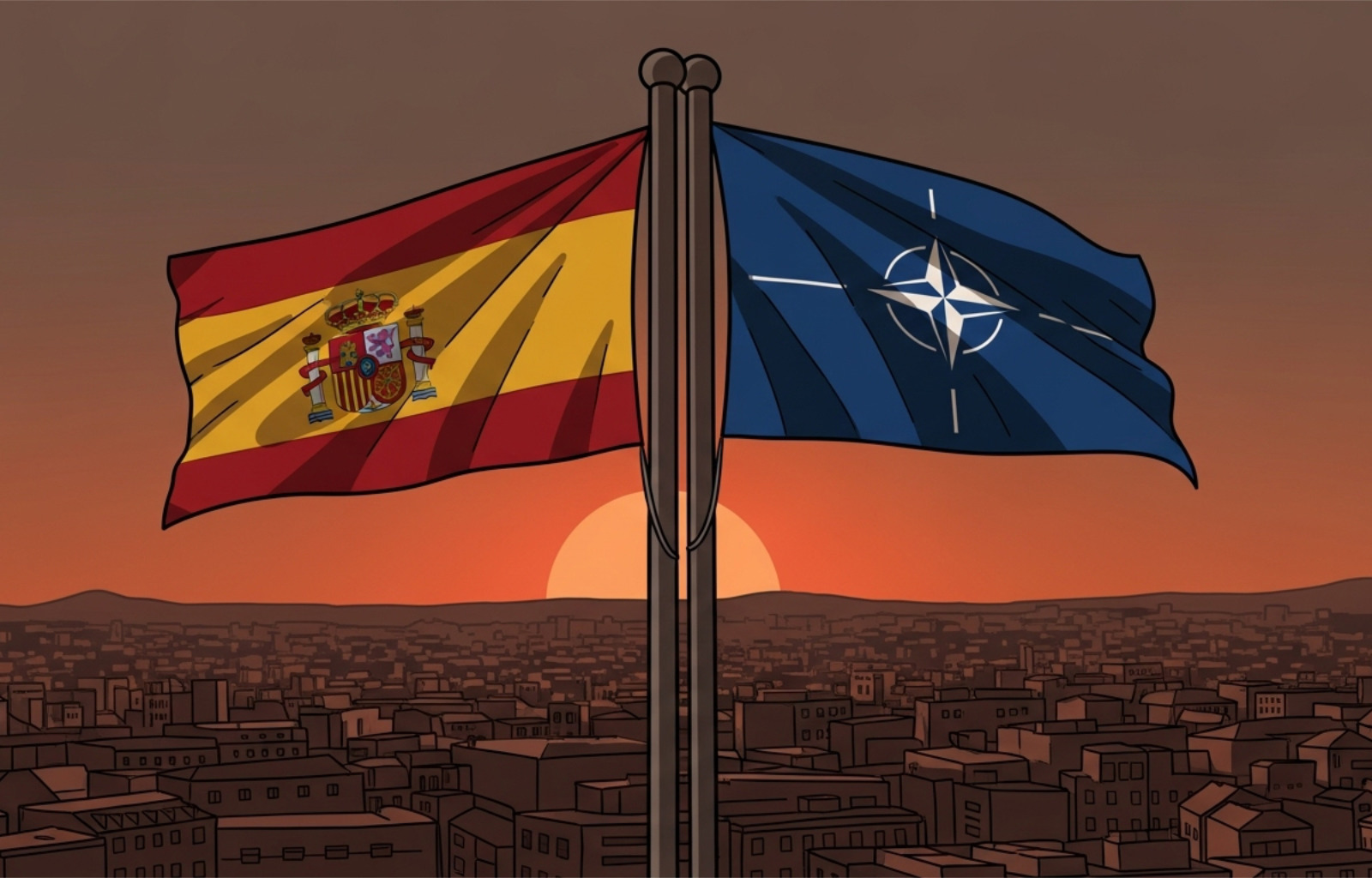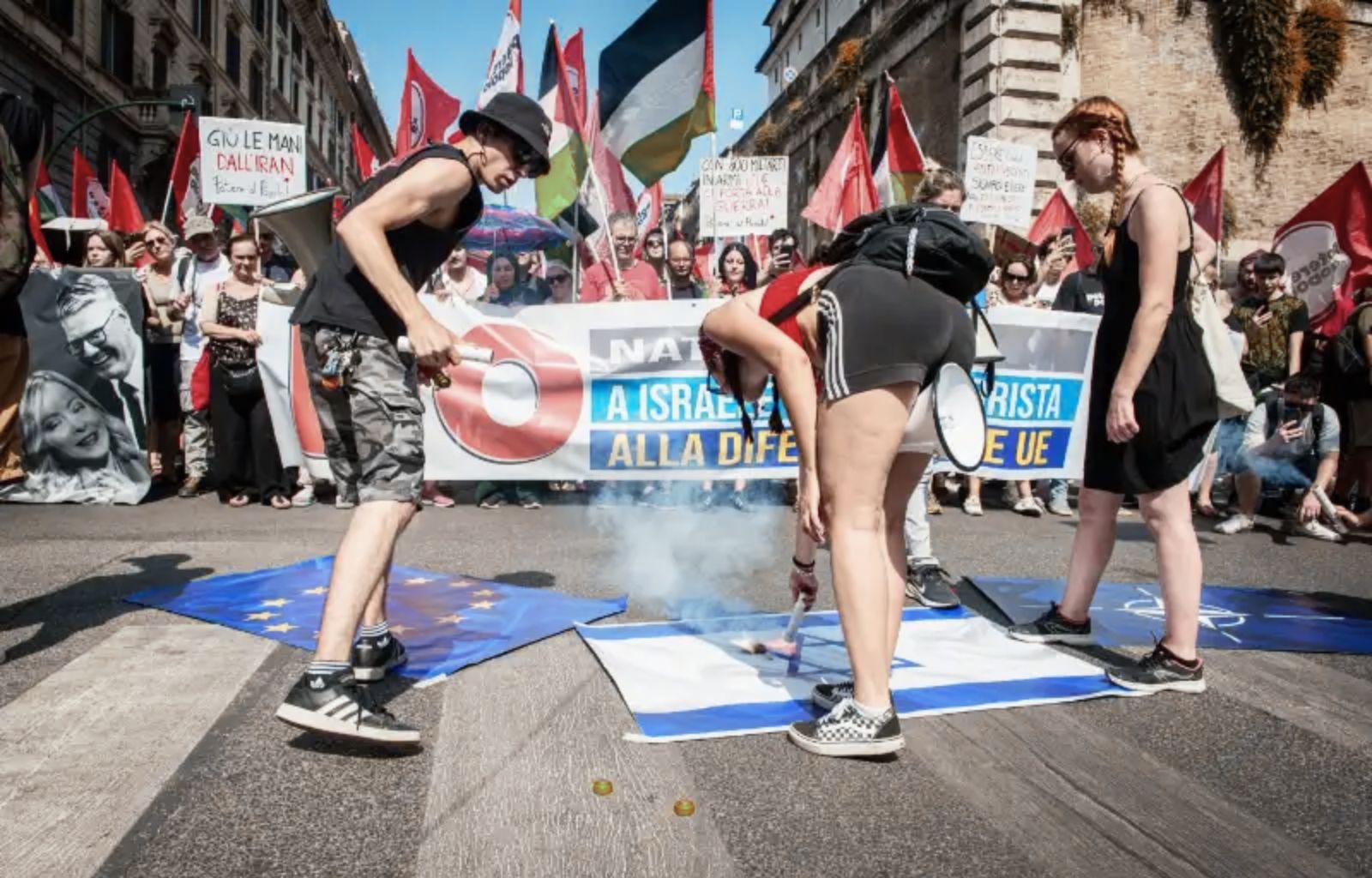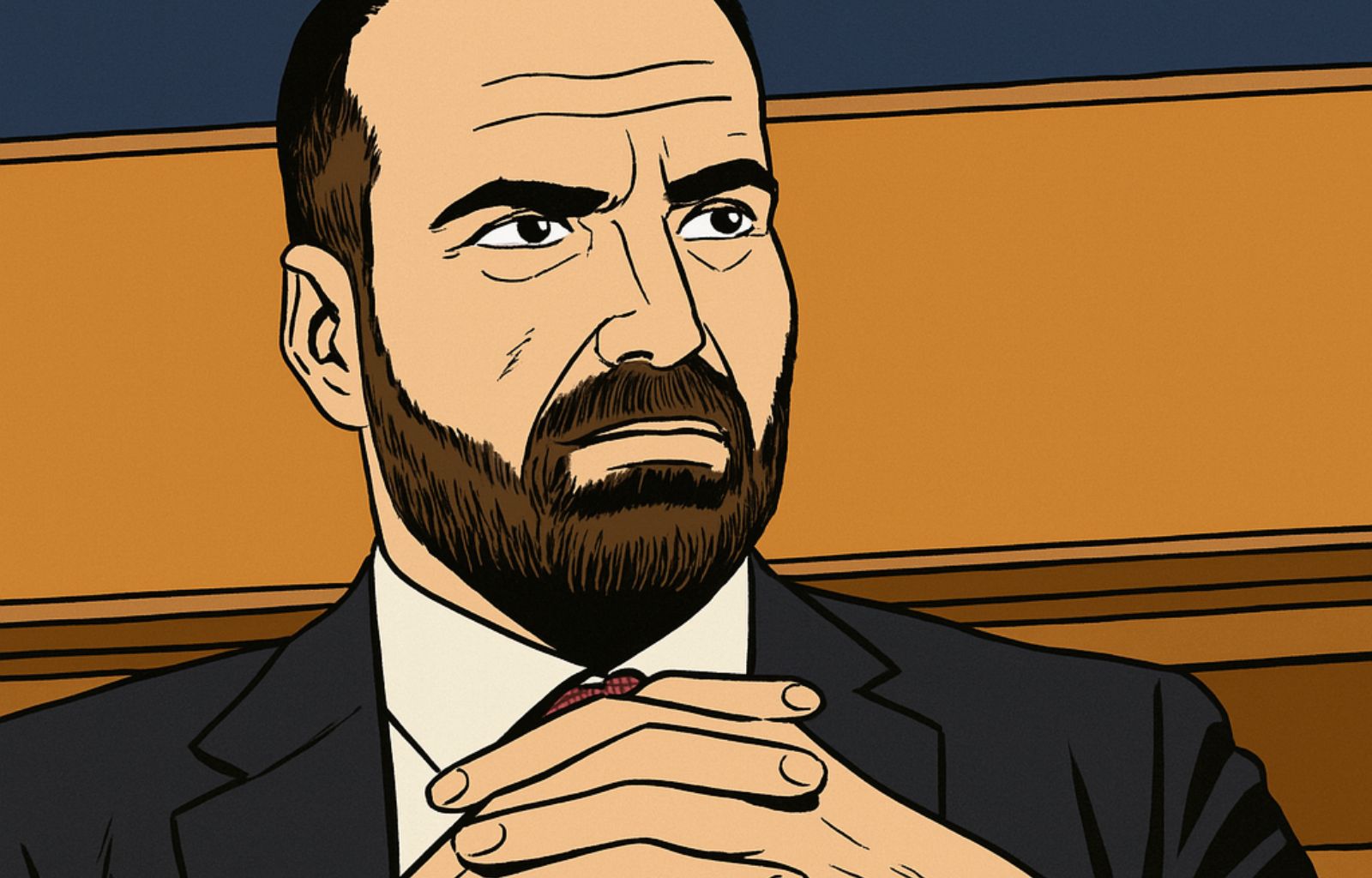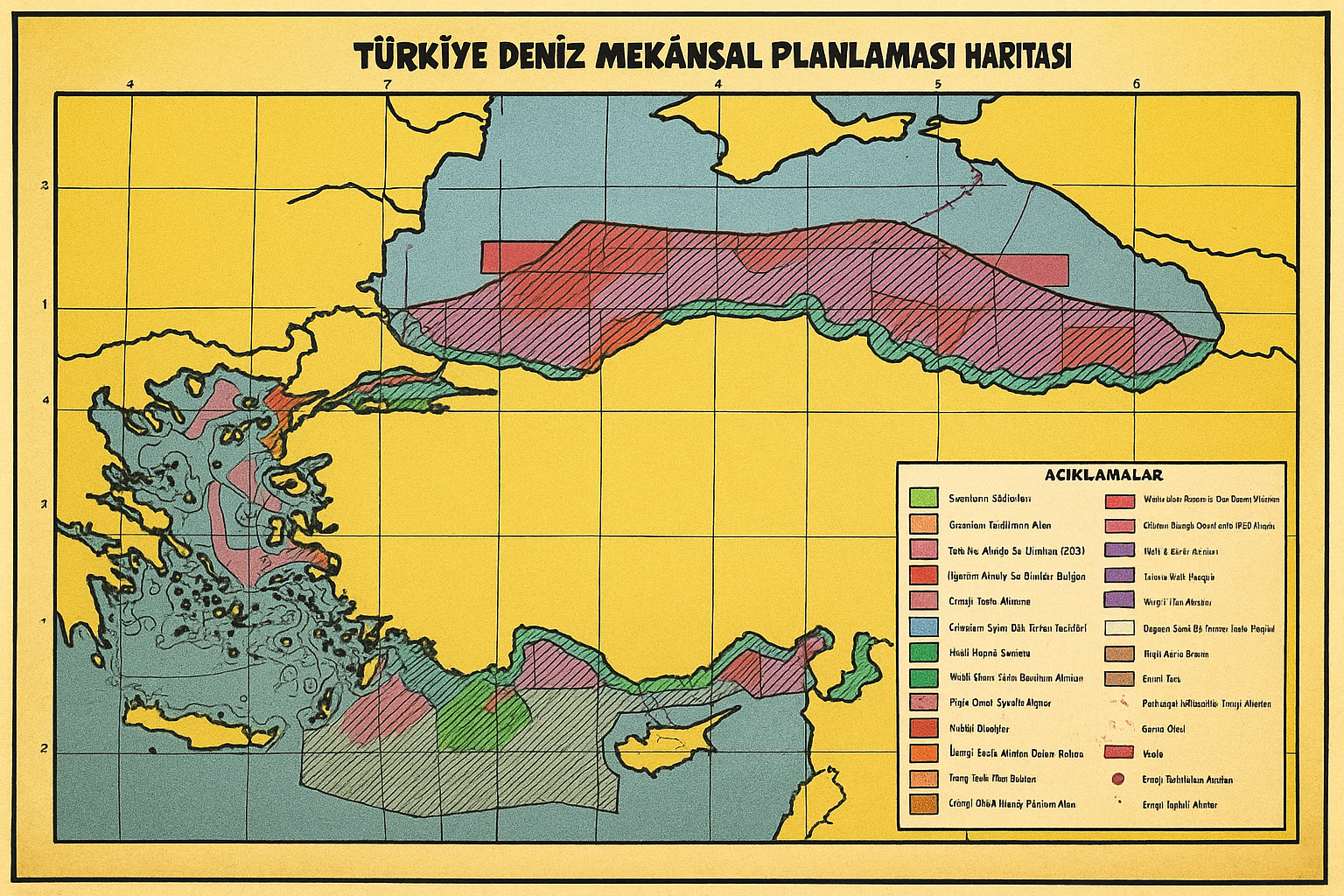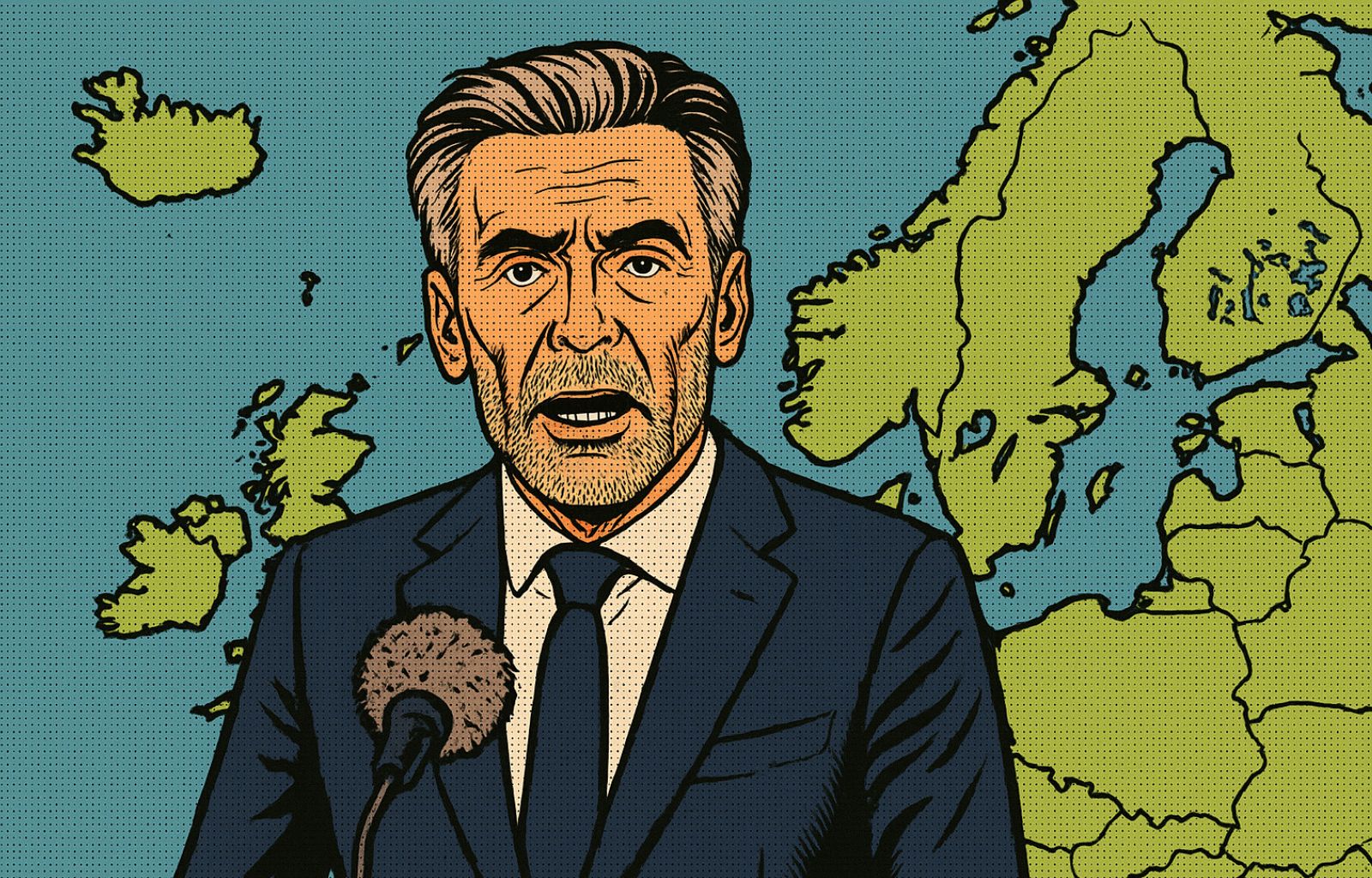Mario Draghi’s words at the Coimbra summit
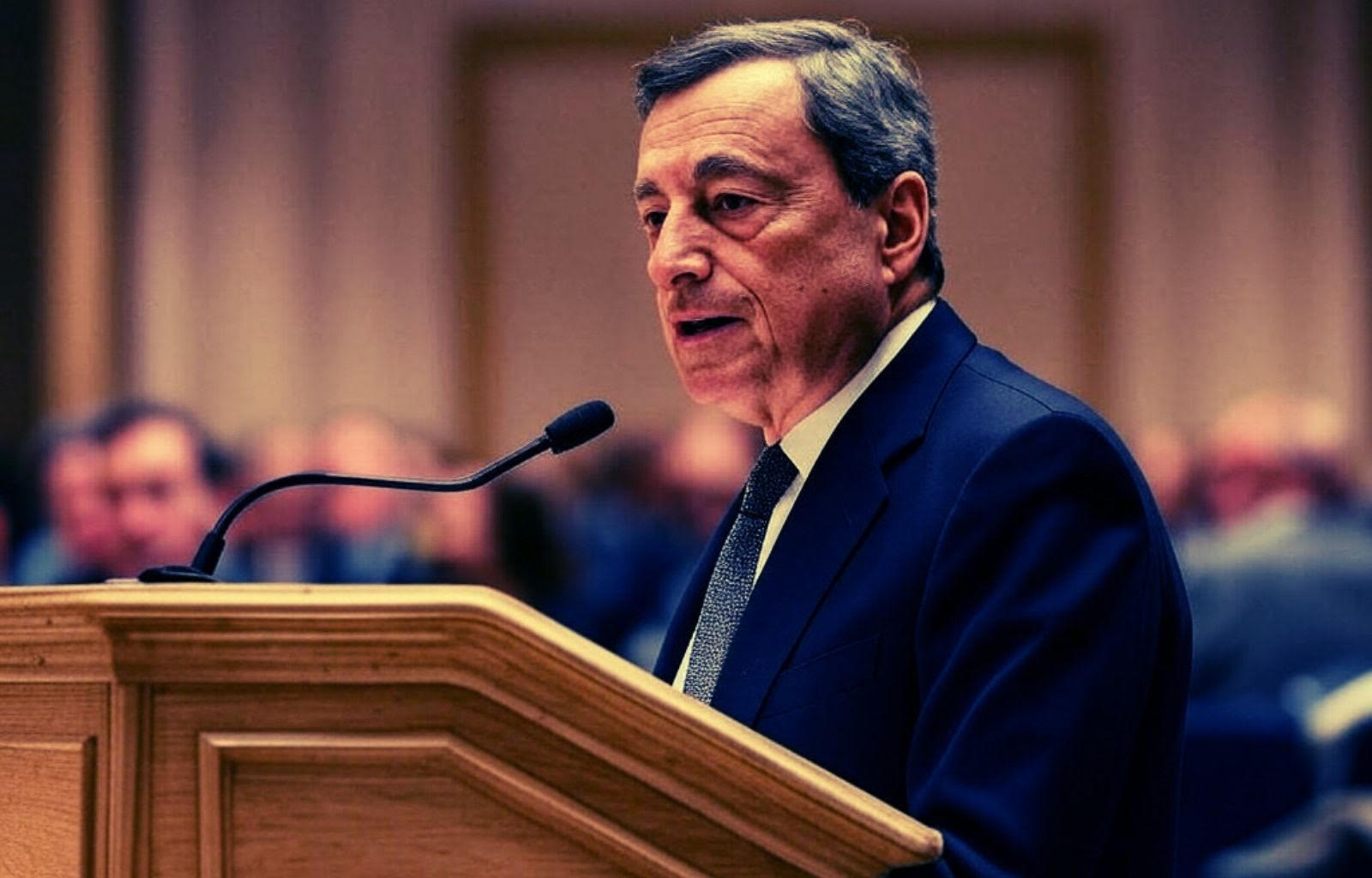
The annual COTEC Summit was held in the Portuguese city of Coimbra on 13-15 May 2025. Speaking at the 14 May session was former Italian Prime Minister Mario Draghi. His speech, in our opinion of L’Europeista, was of historic significance. Drawing on his Competitiveness Report, Mario Draghi launched an appeal for European cohesion, focusing on three objectives to aspire to: de-regulation, strategic autonomy and the abolition of positional privileges with the definitive unlocking of Europe’s capacity for growth.
We reproduce the full speech:
Full speech by Mario Draghi:
Ladies and gentlemen, I am particularly honoured by this invitation to reflect together on the challenges for Europe arising from this period of profound changes in trade and international relations.
These changes have been taking place for several years and the situation had already started to deteriorate before the recent tariff upheavals. So far, internal political fragmentation and slow growth have hindered an effective European response.
But recent events represent a breaking point. The extensive use of unilateral actions to resolve trade disputes, together with the ultimate delegitimisation of the WTO, have undermined the multilateral order in a way that is difficult to reverse.
For a large economy, the EU is highly open for trade.
The relationship to be recalibrated with the United States
Almost one fifth of our total added value comes from exports, twice as much as in the US. More than 30 million jobs are supported by exports, about 15 per cent of employment. And we also run a large current account surplus of around 3% each year, which implies that – in net terms – we absorb demand from the rest of the world.
This openness greatly increases the exposure of our growth and employment to the policy actions of our trading partners and to policy cycles originating outside Europe. And our main exposure is to the US.
We are directly exposed, as the US is our largest export market, with more than 20 per cent of our goods exports crossing the Atlantic.
And we are exposed indirectly, since the US is the main source of demand for our trading partners. This means that if US demand falters, our partners’ imports from Europe will also falter. ECB analyses show that, in the event of a shock to US GDP, these indirect effects on the euro area actually outweigh the direct effects.
The recent actions of the US administration will certainly have an impact on the European economy. And even if trade tensions ease, uncertainty is likely to persist and act as a headwind for investment across the EU manufacturing sector.
Now, we should ask ourselves how we ended up in the hands of US consumers to drive our growth. And we should ask ourselves how we can grow and generate wealth on our own.
Realistically, we cannot diversify from the US in the short term. We can and should try to unlock new trade routes and grow new markets. But any hope that an opening to the world can replace the US is bound to be dashed.
The United States accounts for almost two-thirds of the global trade deficit in goods. The other two largest economies – China and Japan – also have persistent current account surpluses. We will therefore have to reach an agreement with the US that leaves us open to access.
In the long run, however, it is a gamble to believe that we will return to normal in our trade with the US after such a major unilateral break in this relationship – or that new markets will grow fast enough to close the gap left by the US.
If Europe really wants to be less dependent on US growth, it will have to produce it itself.
Overcoming the past macroeconomic framework
The first action we must take is to change the macroeconomic policy framework we designed after the great financial crisis and the sovereign debt crisis.
Until then, the EU had had a largely balanced current account position and adequate domestic demand. But faced with the consequences of these crises – a slow recovery and high public debt – governments tried to reorient the economy towards world markets and import demand from abroad.
The painting had three main elements.
The first was a restrictive fiscal policy. From 2009 to 2019, the overall cyclically adjusted fiscal position in the euro area averaged 0.3 per cent, compared to -3.9 per cent in the US. The main victim of this consolidation was public investment, which fell by almost one percentage point as a share of GDP and did not recover to pre-crisis levels until the pandemic.
The second element was a focus on external competitiveness rather than internal productivity.
Since 2000, annual labour productivity growth in the EU has been only half that of the US, resulting in a cumulative productivity gap of 27 percentage points over the entire period. But instead of trying to reverse the productivity trend, we have constructed our labour policies to match it.
Especially after the crises, we have made a deliberate effort to suppress wage growth in order to increase external competitiveness. Our real wages could not even keep up with our sluggish productivity, while real wages in the US increased by 9 percentage points more than wages in the euro area over the same period.
This wage repression dampened consumption and reinforced the blow to domestic demand caused by restrictive fiscal policy. Before 2008, domestic demand in the euro area grew at about the same rate as in the US. Since then, domestic demand in the US has grown at more than double the rate.
The third element consisted essentially in abandoning the development of the internal market as a source of growth.
The rules were not enforced, infringement proceedings decreased by 75% after 2011. And little progress has been made in lowering internal barriers in services. Surprisingly, external barriers in services fell faster than internal ones, redirecting demand outside the EU.
This environment led to depressed rates of return for investors, and capital was pushed out of the EU in search of opportunities. From 2015 to 2022, large European listed companies had a rate of return on investment about 4 percentage points lower than their US counterparts.
The recipe: investment and breaking down internal barriers
Recent reports commissioned by the President of the European Commission and the European Council provide a roadmap for a new policy framework. Among other things, they propose higher investments and the dismantling of barriers that hinder the functioning of the internal market.
These measures are self-reinforcing.
Higher investment can generate a strong boost to domestic demand, offsetting any headwinds from weaker US demand. Lower domestic barriers will increase the elasticity of supply, helping to mitigate inflationary pressures from higher investment – especially if world trade becomes more fragmented.
In parallel, a well-functioning single market will increase productivity growth, raising rates of return and attracting more private investment. And this in turn will lead to higher wages and consumption, both to compensate for higher productivity and because a strong internal market means less focus on external competitiveness.
To finance increased investment, however, Europe relies mainly on national budgets.
The EU has recently reformed its fiscal rules to allow for more investment, as well as activating the safeguard clause to facilitate higher defence spending. But so far, only five of the 17 eurozone countries – representing about 50 per cent of GDP – have opted for an extended adjustment period under the new rules. And several countries have indicated that they will not use the escape clause due to a lack of fiscal space.
Which emphasises that, when debt is already high, exempting certain categories of public spending from the fiscal rules can indeed yield results, but only up to a certain point.
In this context, common EU debt issuance to finance common expenditures is a key component of the policy roadmap. It can ensure that aggregate spending does not fall short. And it can ensure – especially for defence – that more spending will take place in Europe and contribute to operational effectiveness and higher economic growth than would otherwise be the case.
Moreover, common debt issuance would provide the ‘missing link’ in the fragmented European capital markets, namely the absence of a common safe asset. This would help make capital markets deeper and more liquid, creating a virtuous circle of higher rates of return and more funding opportunities.
Overall, this roadmap would increase our growth and, at the same time, show that we are capable of producing wealth for our citizens at home.
Does our recent history make us credible in implementing such a programme?
It is often said that ‘Europe only moves forward when there is a crisis’. But to tell the truth, our crisis started almost twenty years ago.
It was at that time that the geopolitical construct created after World War II, and which had peaked with the fall of the Soviet Union, began to crumble. And it was at that time that we began to lag behind in global innovation and technology. From then on, however, for the most part we ignored all the signs.
Energy
Consider energy. Our gas imports from Russia continued to grow even after his invasion of Crimea, and well beyond the stage when Putin’s hostility towards the West and the EU had by then been widely declared.
We paid a high price when gas was cut, losing more than a year of economic growth, and now we are trying to accelerate the transition to renewable energy to strengthen our energy independence. But this requires a fundamental transformation of our energy system that we have not been able to achieve.
We are hampered by the inherent intermittency of renewables, our inadequate grids and long bureaucratic delays for new installations. We see frequent spikes in energy prices when renewables are not generating and expensive back-up sources have to be used. High energy prices and grid failures are, first and foremost, a threat to the survival of our industry, a major impediment to our competitiveness and an unsustainable burden on our households, and, if not addressed, the main threat to our decarbonisation strategy.
Three lines of action are needed. First, we need to put in place a vast Europe-wide investment plan to build the networks and interconnectors needed to make a renewables-based grid fit for the energy transformation we aspire to. Second, we need to reform the functioning of our energy market, working to loosen the link between gas prices and renewables prices. It is discouraging to see how Europe has become hostage to vested special interests. The European Commission, which has already set up a task force on transparency, could also launch an independent investigation into the overall functioning of the EU energy markets. And since sun and wind in Europe cannot guarantee security of supply in any scenario, we must be prepared to use all possible sources of clean energy and be neutral towards new energy solutions.
Technology
Then consider technology. As the revolutions of cloud computing and AI progressed, Europe found itself cut off. Yet we have continued to create an environment that hinders radical innovation.
The fragmentation of our single market hindered technology start-ups in their attempt to achieve the scale needed to succeed in this sector. Our competition policies were unable to adapt to the nature of the technological transformation that was taking place before our eyes. Among other changes, innovation should have played a greater role in competition decisions.
And we allowed regulation to grow as digital services expanded. Underlying this was a concern for consumer protection that was certainly well-founded, but the effect on small European technology companies who – unlike their large US competitors – did not have the capacity to adapt was not taken into account. Now, we are faced with a regulatory framework that is excessive in some key areas and, even worse, fragmented. There are over 270 regulators active in digital networks in all Member States.
AI is said to be a ‘transformative’ technology, as electricity was 140 years ago. But AI is actually based on an orchestration of at least four other technologies: the cloud, with its ability to store vast amounts of data; supercomputing, with its ability to rapidly perform a huge number of operations per unit of time; cyber security, which protects data in highly sensitive areas such as science, defence, health and finance; and finally networks and data transmission, such as 5G and 6G, fibre optics and satellites.
Europe has lost ground in AI and all four other technologies – and we need to work in all these areas if we want to catch up. It would be unrealistic to think that we can close this gap in the short term, but what we could and should do is focus on specific areas that are crucial for the growth, welfare and security of our citizens.
For instance, we should create a European strategic cloud that gives us data sovereignty in critical domains, such as defence and security. We need to invest more in building our common supercomputing infrastructure, the Euro-HPC network. And we need to develop a European cyber security capability, as we are losing competitiveness in 5G and are weak in satellite communications. Today, there is a real risk that Europe will end up having to depend on US and Chinese technology precisely in the most sensitive component, which is the secure transmission of data.
All this will require a grand industrial strategy in Europe. And only by pooling our resources and capabilities will we be able to achieve the scale that these technologies require.
Let us consider defence again. The growing threats on our eastern border have been evident for at least a decade. Russia makes no secret of considering us an enemy to be weakened through hybrid warfare. Ten years ago it invaded Crimea, and three years ago it proceeded to invade Ukraine.
But while this threat has increased, we have done little to strengthen our common defence. Today, Europe has a military force of 1.4 million, making it one of the largest forces in the world. But it is divided into 27 armies, without a common chain of command, technologically fragmented and lacking common strategies – and all this makes us militarily irrelevant.
With the retreat of the US security umbrella, we are beginning to realise our weakness. But the only thing we should be surprised about is the speed of this change. Russia’s strategy was announced years ago.
It may now be too late to influence events in the short term. Although we have provided about half of the military aid to Ukraine, we are likely to be spectators in a peace negotiation that concerns our future and our values.
But it is not too late to change the outlook five to ten years from now if we take the right steps today to develop our defence industrial capacity and strategic capabilities.
We must reduce the fragmentation of our defence industry and encourage consolidation into a few large players. We must create a European defence plan based on interoperability between all the military assets we produce – land, sea, air and space. A secure European cyberspace must be created through greater coordination and investment in common digital technologies. And to say that this is utopian, impossible to achieve, is to accept our military irrelevance.
And as far as the space sector is concerned, we need to drastically reform the interaction between EU and national agencies, and we need greater involvement of the private sector. In the US, for example, 50 per cent of space investment is privately financed, while in Europe the public sector finances 80 per cent. This in turn leads to serious inefficiencies, such as the principle of geographical return that fragments the European space sector and should be abandoned, as it has been hindering progress for decades.
However, we should not forget that our founding fathers bequeathed us a Europe of which we should be proud. And while we assess the weaknesses of Europe’s present, we should unceasingly look for hope in its future.
On the occasions when the EU has made significant leaps towards greater integration, three factors have typically been present.
First, a crisis that proves beyond doubt that the previous system has become unsustainable. Second, a major political shock that upsets the institutional order. And third, an existing plan of action to which all parties can adhere.
Take the example of the creation of the euro. The idea had been on the table since the 1960s but had always been seen as far beyond current possibilities. Then, in a short space of time, the three factors came together.
In the 1980s, a series of exchange rate crises injected unacceptable volatility into the economy and made people willing to consider the single currency as a viable alternative. Then came German reunification, which required a new arrangement to bind Germany more closely to Europe. And the Delors Report, which had been published in 1989, provided the blueprint for capitalising on this political moment.
Today, for the first time in perhaps 30 years, all three factors are present again.
Since 2020, we have lost our growth model, our energy model and our defence model. Europeans acutely feel the sense of crisis. Growth, energy and defence are the key areas where governments must provide for their citizens, yet in each of them we have found ourselves hostage to fate and exposed to the unpredictable decisions of others.
As a result, the widespread mood among industrialists, workers, politicians and markets has shifted from indifference to alarm. The material risks we face to our growth, our social values and our identity, loom over all our decisions.
We are witnessing major institutional fractures. The political shock from the United States is massive. And it is accompanied by a complete change of course in countries like Germany, and a new determination in the Commission to tackle barriers and red tape.
And we have the beginning of an action plan, which is what the recent Reports offer. The policy recommendations they contain are today, if possible, even more urgent.
We will return to investing in Europe, massively and responsibly. We will tackle the vested interests that today stand in the way of a future based on innovation rather than privilege. And we will protect and preserve our freedom.

